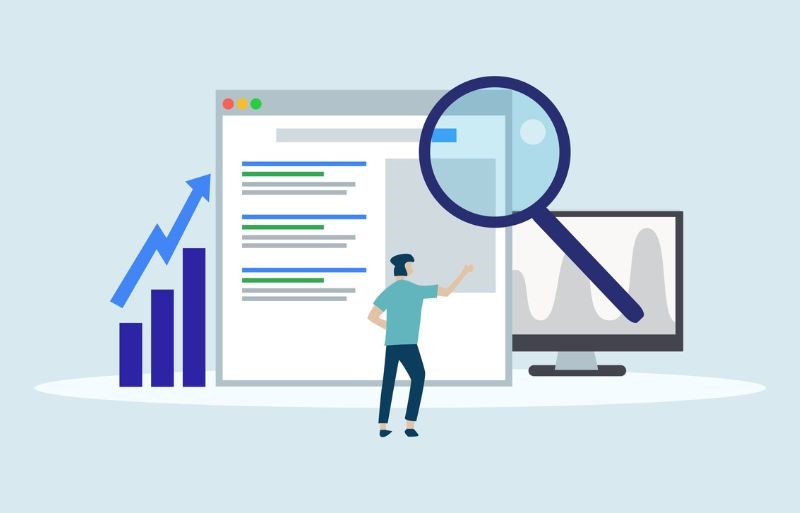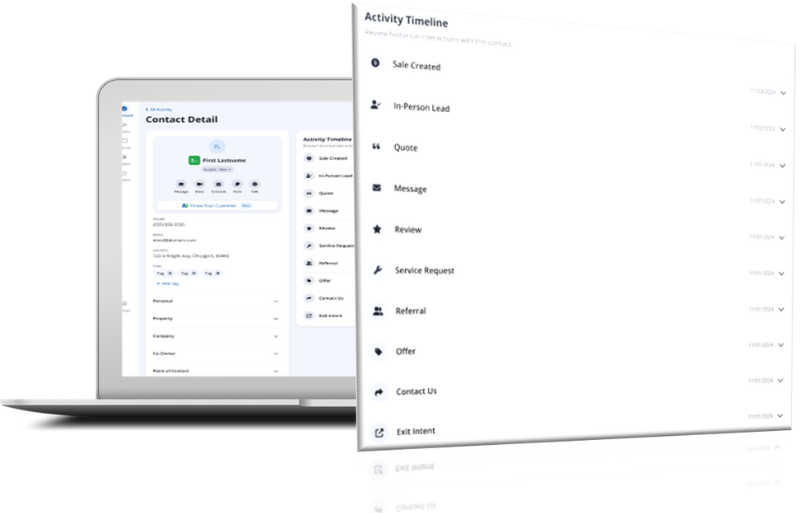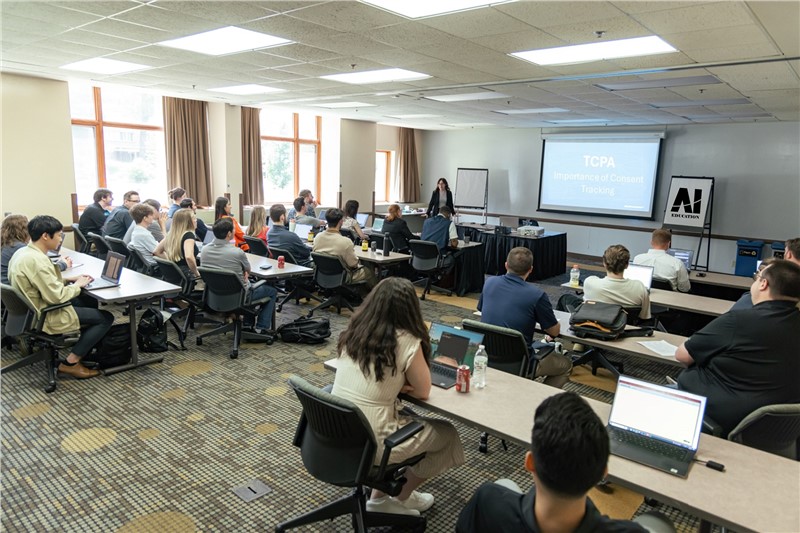The Surefire Way to Improve Your PPC Results by up to 30%
 We've all seen them:
We've all seen them:
The late night get-rich-quick infomercials.
The early morning breakfast cereal ads.
The mid-afternoon local services commercials.
You hear them on the radio. You watch them on TV. They're all different -- advertising vastly different products in very different ways. So what do they have in common?
The answer is dayparting.
Dayparting is an effective, time-tested method in which marketers limit their ad appearances to specific times of day. This helps them target a specific demographic of people, i.e., the most likely buyers of their product/service. It works for the radio and television people; it will work for your pay per click campaign, as well.
At Spectrum, we've noticed that our PPC customers reel in more leads at a significantly lower cost per lead when we incorporate dayparting into their overall strategy. For instance, consider that your service-oriented company is only open 8 AM - 6 PM. Wouldn't it make sense to only turn on PPC advertising between those hours? After all, doing so would target individuals who 1) are most likely to act on your advertisement and 2) are able to actually make contact with somebody at your business.
Take this case study table from one of our clients for a more concrete frame of reference:
|
Company Hours |
Total Cost Per Lead |
Total Leads |
Total Cost |
|
Business Hours (7 AM – 8 PM) |
$34 |
970 |
$33,218 |
|
After-Hours (9 PM – 6 AM) |
$78 |
295 |
$23,010 |
|
TOTAL |
$44 |
1,265 |
$56,228 |
On average, our pay per click clients' results have improved by 15-30% when they only run ads during business hours.
"Turning off ads after-hours is one of the surest ways to slash your cost per lead," says Spectrum's own PPC expert, Brian McKenzie. "And it shouldn't take more than 30 minutes to implement."
To speak with Brian about your PPC progress at Spectrum, get in contact with your SEO -- we'd love to hear from you!
Not a Spectrum client? No worries. Here are two simple questions to ask your PPC pro:
1. How much do my leads (or orders) cost during business hours compared to after-hours?
2. What is being done to minimize spending during our least cost-effective hours?
That should get the ball rolling.








